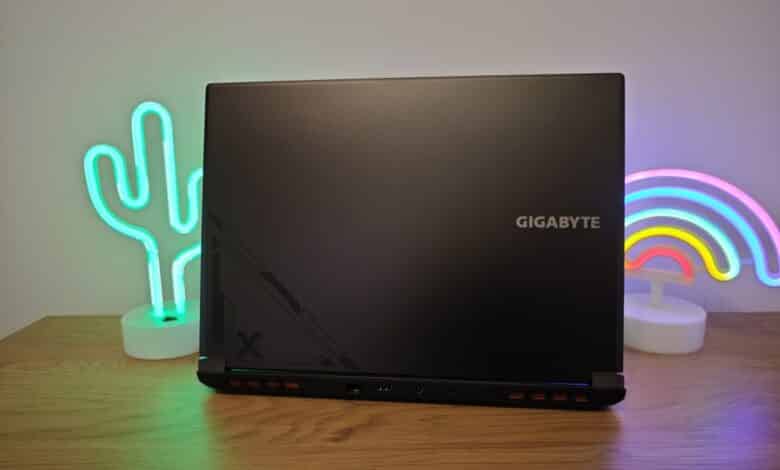
The Gigabyte G6X 9KG (2024) gaming notebook aims to combine high performance with an attractive price. For an RRP of around €1,350, the manufacturer has put together a package consisting of an Intel Core i7-13650HX, NVIDIA GeForce RTX 460, 16 GB DDR5 RAM and a 16-inch WUXGA display with 165 Hz. We took a closer look at the powerful gaming machine in our test.
Technical data
| The product | G6X 9KG (2024) |
| Processor | Intel Core i7-13650HX (14 cores, 1.9 – 4.9 GHz) |
| Graphics performance | Nvidia GeForce RTX 4060 (8GB GDDR6 VRAM); 105 W TDP |
| Display | 16 inch; WUXGA (1,920 x 1,200 pixels); 165 Hz |
| Storage space | 1 TB SSD (NVMe PCIe 4) installed |
| Working memory | 16 GB DDR5 RAM (2x 8GB DDR5-4800 SO-DIMM) |
| Keyboard | Chiclet; full size; with RGB lighting |
| Operating system | Windows 11 Home |
| Connectivity | Wi-Fi 6E; Bluetooth 5.2 |
| Dimensions (W x D x H) | 361 mm x 259 mm x 25.1 mm |
| Weight | 2.551 g (without power supply unit); 591 g (power supply unit) |
| Price | € 1,329.00 * |

Gigabyte G6X 9KG (2024) test: aluminum and plastic dominate
- eye-catching design accents
- quite high-quality workmanship despite high plastic content
- RAM and SSD replaceable
This is based on a combination of plastic and aluminum. While the base is made of robust plastic, the lid is made of aluminum. The notebook comes in a matt grey color scheme, which is also lightly anodized and has a futuristic “X” accentuated on the lid and on the inside at the bottom right edge.
Due to the low entry-level price, the workmanship naturally cannot quite keep up with more expensive gaming notebooks. Nevertheless, there is hardly anything to complain about in terms of workmanship.
The laptop feels robust and of good quality, only in the upper area (below the display) does the base unit give way under pressure. On the other hand, the hinges and display are pleasantly firm, so that nothing wobbles if you bump into the table.
The copper-colored ventilation slots on the sides and bottom immediately catch the eye as a pleasant accent, Gigabyte does not use RGB lighting. With dimensions of 361 mm x 259 mm x 25.1 mm and a weight of 2,551 grams, the G6X is on a par with most 16-inch gaming notebooks. On the other hand, the 591 gram, 180 watt power supply unit is comparatively compact.
You can access the inside of the notebook via Phillips screws. The RAM and SSD are interchangeable, the G6X 9KG can be equipped with up to 64 GB RAM.
Good equipment, weaknesses in the connections
- 14-core CPU with RTX 4060
- Wi-Fi 6E; decent variety of connections
- average camera; no Thunderbolt 4
The features of the Gigabyte G6X 9KG (2024) are on a par with entry-level gaming laptops. The manufacturer has equipped the laptop with an Intel Core i7-13650HX with 14 cores and clock speeds of up to 4.9 GHz, which is supported by 16 GB of DDR5 RAM and an NVIDIA GeForce RTX 4060 with 8 GB of VRAM.
The latter has a TDP of 105 watts, which of course makes a comparison with the faster RTX 4070 in the Schenker Vision 16 Pro 2023 (our test), which has lower power limits, interesting.
Apart from that, the equipment doesn’t make any mistakes. Gigabyte equips the notebook with fast and reliable Wi-Fi 6E (Intel AX211), Bluetooth 5.2 and two quite decent-sounding 2-watt speakers with Dolby Atmos support.
The webcam with 720p resolution offers decent image quality, but there are no isometric features such as a fingerprint scanner or a Windows Hello-enabled camera.
The Gigabyte G6X 9KG (2024) has ports on the sides and rear, which I personally always appreciate. Gigabit LAN, HDMI 2.1, the power connection and USB-C 3.2 Gen 2 with image output via DP Alt mode are available at the rear.
On the left, we find a USB-A 3.2 Gen 1 and a 3.5 mm jack connection, while the selection on the right is rounded off by one USB-A 3.2 Gen 2 (USB-A) and one USB-C 3.2 Gen 2 with Power Delivery. Unfortunately, there is no memory card reader and the gaming notebook also lacks modern Thunderbolt 4 ports.
Display and operation: standard fare at a good level
- 1.920 x 1,200 pixels at 165 Hz and 16 inches
- mixed color reproduction and accuracy
- good but somewhat compressed full-size keyboard
Gigabyte equips the G6X 9KG (2024) with a 16-inch IPS display with a resolution of 1,920 x 1,200 pixels in 16:10 format and a refresh rate of 165 Hz, which is a good option for the price range and in combination with the GPU.
It is around 300 nits bright and reaches up to 350 nits in places, while the contrast ratio of 1,000:1 and the high viewing angle stability are also good.
However, the color reproduction and accuracy is somewhat disappointing, which is already noticeable after the first boot. Colors appear a little pale and somewhat distorted, the display on the desktop is a little reminiscent of an old TFT screen.
The notebook also has a full-size chiclet keyboard, including a number pad, which is quite pleasing. However, the layout seems a little squashed, which results in smaller keys and reduces typing precision.
Nevertheless, the keyboard cuts quite a good figure when typing, even if the resistance of the keys could have been a little crisper. The white border provides a pleasant accent, especially in combination with the RGB lighting.
The full-size arrow keys should please left-handers in particular, while the clickpad, which is slightly offset to the left, scores with a size of 12.1 cm x 8.5 mm and good gliding properties.
Gigabyte G6X 9KG (2024): The practice
- practical Control Center app
- extremely loud under load, especially in performance mode
In practice, the Gigabyte G6X 9KG (2024) cuts a fine figure and, in line with its features, also copes well with demanding applications and games. The “Control Center 3.0” companion app is installed, in which you can influence the system and keep an eye on the components.
For example, the overview shows details on the load and temperature or allows you to deactivate the camera, touch pad or FN button. It is also possible to manually adjust the fan curve or customize the RGB lighting of the keyboard and set the battery charging options.
However, the three power modes available here are certainly the most interesting. These are divided into the Performance, Entertainment (Standard) and Silent modes and have a huge impact on the performance and volume of the notebook.
In entertainment mode, the Gigabyte G6X 9KG (2024) applies a maximum power limit of 115 watts, while in performance mode a whopping 155 watts are made available. In silent mode, however, the RTX 4060 is deactivated and the power limit is reduced to 30 watts.
In games, the switch from entertainment to performance results in an average performance increase of 2-7 percent, which is not a huge leap. In Shadow of the Tomb Raider, for example, 152 FPS (performance) is compared to 145 FPS (entertainment), which is negligible.
However, the significant increase in fan noise is not negligible. In entertainment mode, we measured around 43 dB(A) under load, while in performance mode the notebook is almost unbearably loud at up to 55 dB(A).
Benchmark: Productivity, system, SSD and gaming
As always, I took a close look at the performance of the Gigabyte G6X 9KG (2024) in various benchmark and real-life tests and was pleasantly surprised. For an entry-level gaming notebook, the G6X really has a lot to offer.
The 1 terabyte SSD delivers very good values with sequential read speeds of 4,222.34 MB/s and 4,182.31 MB/s write. Although significantly more expensive gaming notebooks such as the Medion Erazer Beast X40 (our test) are considerably faster here, the Gigabyte device has the edge in the 4K values, as well as the 4K-64Thrd write performance and the excellent access times.
In the end, AS-SSD achieved an overall score of 7,894 points, which is an absolute top result. This means that the SSD performance significantly exceeds that of all the gaming notebooks we tested.
| Read | Write | |
| Sequential | 4.222.34 MB/s | 4.182.31 MB/s |
| 4K | 80.35 MB/s | 248.81 MB/s |
| 4K-64Thrd | 2.595.25 MB/s | 2.542.40 MB/s |
| Access time | 0.025 ms | 0.018 ms |
The system and CPU performance is also impressive. The 13th generation Core i7 installed here is roughly on a par with the AMD Ryzen 7 7840HS, although the CPU test values are slightly below what the Intel Core i7-13650HX can actually achieve.
Nevertheless, this shows once again that Raptor Lake is stronger in terms of raw performance in the single-core test than the Intel Core Ultra 7 155H from the current Meteor Lake generation. The new chip is also only slightly faster in the multi-core test.
This is confirmed once again in the holistic PCMark10 benchmark, in which the Gigabyte G6X easily outperforms the Samsung Galaxy Book4 Ultra (our test) with a modern Core Ultra 7 155H in almost all sub-areas. However, this also only relies on an RTX 4050 with 6 GB VRAM.
| Benchmark | Result |
| Cinebench R23 Multi Core | 13.446 pts. |
| Cinebench R23 Single Core | 1.829 pts. |
| Cinebench 2024 Multi Core | 734 pts. |
| Cinebench 2024 Single Core | 109 pts. |
| Cinebench 2024 GPU | 10.141 pts. |
| PCMark 10 total score | 7.180 pts. |
| PCMark 10 Essentials | 10.447 pts. |
| PCMark 10 Productivity | 9.172 pts. |
| PCMark 10 Digital Content Creation | 10.485 pts. |
| Geekbench 6 Multi Core | 13.352 pts. |
| Geekbench 6 Single Core | 2.559 pts. |
| Geekbench 6 GPU | 99.214 pts. |
The Gigabyte G6X 9KG (2024) also achieves very good results in the graphics and gaming benchmarks. Of course, it is clearly behind the mid-range or top class including RTX 4080 and RTX 4090, but the gaming notebook masters even demanding games such as F1 22 including ray tracing, Shadow of the Tomb Raider or The Witcher 3 flawlessly.
Even on maximum graphics settings, triple-digit FPS figures are possible in most games. Depending on the game, the difference to the more powerful GPUs is sometimes more and sometimes less noticeable.
Whether we get 145 FPS or 210 FPS in a Shadow of the Tomb Raider is quite irrelevant. However, it’s completely different in F1 22 and demanding ray tracing games. Here, the Gigabyte G6X 9KG (2024) achieves an average of 62 FPS, while the frame rate of the Erazer Beast X40 with RTX 4090 is more than twice as high at 134 FPS. At maximum graphics details and high ray tracing settings, mind you.
| Benchmark | Results |
| Fire Strike Total | 23.605 pts. |
| Time Spy Total | 10.503 pts. |
| Speed Way Total | 2.624 points |
| Port Royal Total | 5.942 pts. |
| Solar Bay Total | 44.681 pts. |
| Final Fantasy XV (1080p; High Quality) | 9.405 pts. |
| Shadow of the Tomb Raider (1080p; Ultra Preset) | 145 FPS |
| F1 22 (1080p; Ultra Preset; RT High) | 62 FPS |
However, it should be noted that the Medion notebook is around three times as expensive as the G6X 9KG, which further emphasizes the strong price-performance ratio of the Gigabyte laptop. Those who don’t necessarily play the latest games or reduce the details a little, depending on the game, will be very well served here.
Gigabyte G6X 9KG (2024) test: The battery life
- quite small 73 Wh battery
- average runtimes
The battery of the Gigabyte G6X 9KG (2024) has a capacity of 73 Wh and is charged using the included 180-Watt power adapter. It is typical for a gaming notebook that the performance drops drastically in battery mode and hardly enables a smooth gaming experience.
The runtimes are also rather poor. 2 hours and 38 minutes is the final result in the practical PCMark 10 office test, while the laptop runs out of breath after just 1 hour and 10 minutes in the gaming test.
The battery is always the Achilles heel of a gaming notebook anyway, and this is no different here. However, competitors such as the XMG Core 16 L23 (our test) show that completely different runtimes of up to 7 hours are possible in this performance class.
Gigabyte G6X 9KG (2024) Review: Conclusion
Full HD gaming in maximum settings is the declared goal of the Gigabyte G6X 9KG (2024) and the gaming notebook masters this excellently. Depending on the game, we can easily achieve triple-digit FPS values; the frame rate only drops significantly when ray tracing and complex effects are added. However, a smooth gaming experience is still possible in most cases.
The system performance is also impressive, which is also due to the fast PCIe 4.0 SSD. Gigabyte combines this with an extremely attractive price, which makes the notebook attractive in relation to its performance.
However, you also have to accept a few compromises. The workmanship is not at the level of more expensive devices, there is no Thunderbolt 4 or USB 4 and the color reproduction of the display could be better.
The device can also get extremely loud under load in power mode, which makes gaming without a headset almost impossible. Apart from that, however, there is not much to complain about. For the price of around €1,350, the Gigabyte G6X 9KG (2024) offers an absolutely coherent overall package.
Gigabyte G6X 9KG (2024)
Design & Workmanship
Display
Features
Performance
Battery Life
Value For Money
84/100
The Gigabyte G6X 9KG (2024) scores with an attractive price-performance ratio and, considering the price, delivers an absolutely coherent performance that is absolutely sufficient for FHD gaming in maximum details.




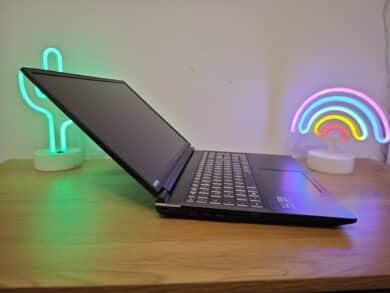













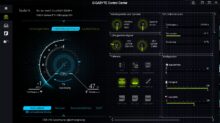



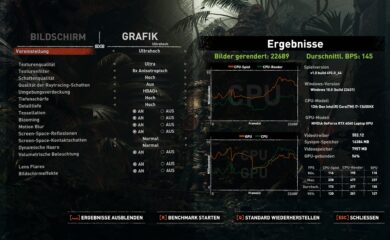




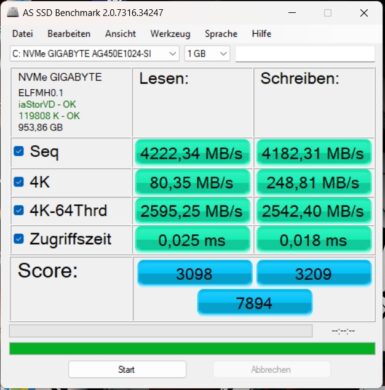

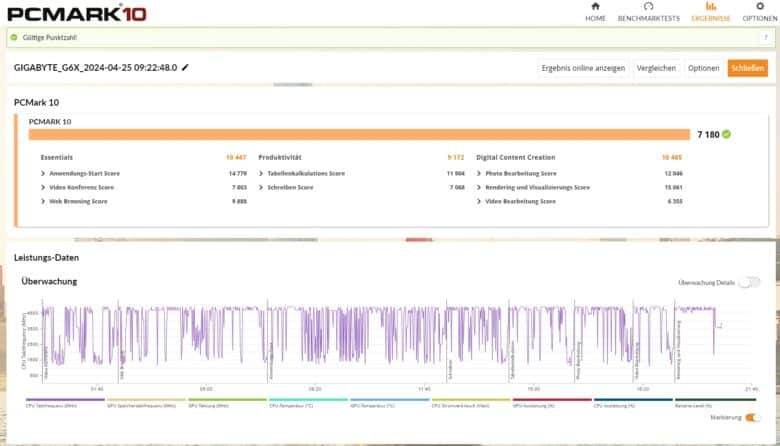


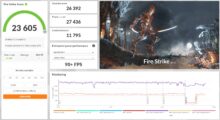


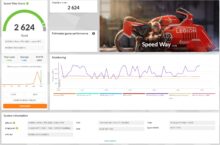

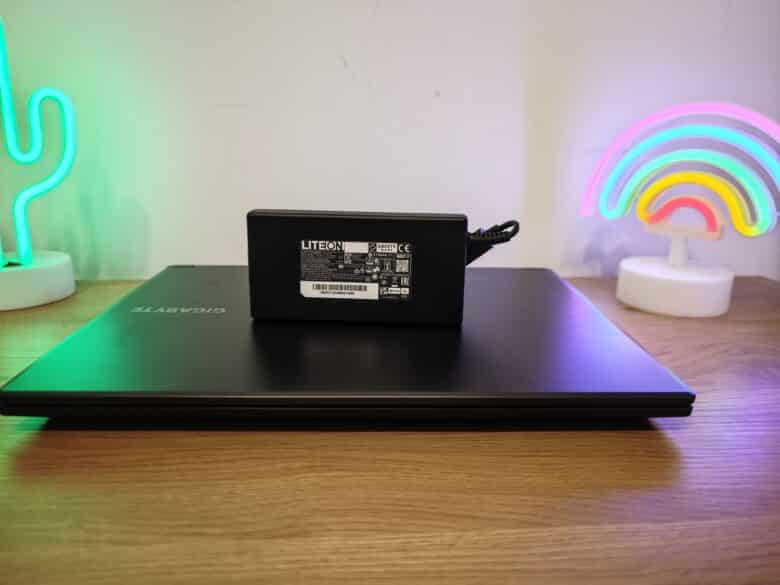



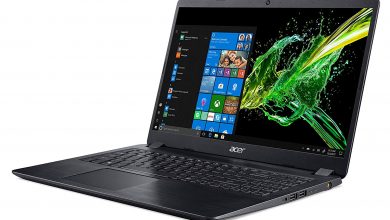

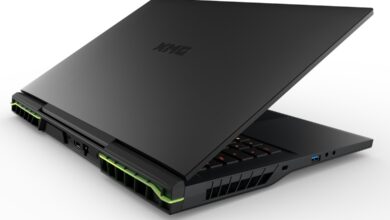

No replies yet
Neue Antworten laden...
Gehört zum Inventar
Beteilige dich an der Diskussion in der Basic Tutorials Community →